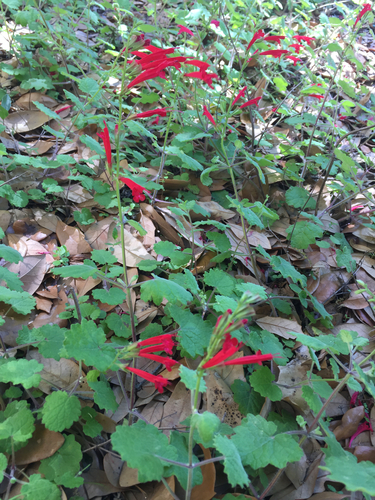Spring sprung pretty early in Austin and as a result I’d been seeing a lot of bees around campus. However, I wasn’t sure what types of bees I’d been seeing. When one landed right on my water bottle while I was outside Jo’s I knew it was the perfect opportunity to snap a photo and upload it to iNaturalist. I uploaded a few photos and the iNaturalist community responded by telling me it was a Honey Bee. It was a relief to me to find out that the bees swarming around campus are Honey Bees because I know they’re not very aggressive. I’m also happy to see lots of these bees on campus because during my research I found out they’re in danger! Bee populations are shrinking because of Colony Collapse Disorder, in which bees leave their colonies and abandon the queen bee. Less bees means less plants and less food for humans, so we have to watch out for them!
Source: http://animals.nationalgeographic.com/animals/bugs/honeybee/
Observation: http://www.inaturalist.org/observations/5939438





 Observation: http://www.inaturalist.org/observations/5922337
Observation: http://www.inaturalist.org/observations/5922337
